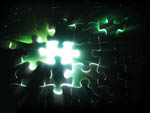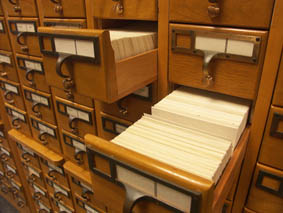|
Literacy
To facilitate the understanding of key terminology, various definitions have been included.
Literacy
 | "The quality or state of
being literate; knowledge of letters; condition in respect to education, especially the
ability to read and write" (Oxford University Press, ). |
Information Literacy
 | "The ability to access, evaluate,
organise and use information in order to learn, problem-solve, make decisions -in formal
and informal learning contexts, at work, at home and in educational settings." It is a
"key characteristic of the lifelong learner-strongly connected with critical and reflective
thinking" (Bruce, ). |
 | "The critical location, evaluation
and use of information" (Bruce, ). |
Digital Literacy
 |
"The ability to use digital technology, communication tools or networks to locate, evaluate,
use and create information" (Cunliffe, ). |
Digital Information Literacy
 |
The "application of information literacy in the digital environment"
(Bruce, ). |
Hypertext
 |
Text which does not form a single sequence and which may be read in various orders;
text and graphics (usually in machine-readable form) which are interconnected in such
a way that a reader of the material (as displayed at a computer terminal, etc.) can
discontinue reading one document at certain points in order to consult other related
matter (Oxford University Press, ). |
Mode
 |
"A regularised organised set of resources for meaning-making, including, image, gaze,
gesture, movement, music, speech and sound-effect." |
 | "The effect of the
work of culture in shaping material into resources for representation"
(Jewitt & Kress, ). |
Multimodality
 |
The use or availability of several different modes, methods, systems, etc.
(Oxford University Press, ).
|
 |
Each modality uses one or more of the five sensory perceptions and is helpful in
the learning of the different literacies.
|
 |
"A multi-range of modes involved in representation and communication" (Jewitt & Kress,
).
|
|

Photo by Valsilvae
()
|





